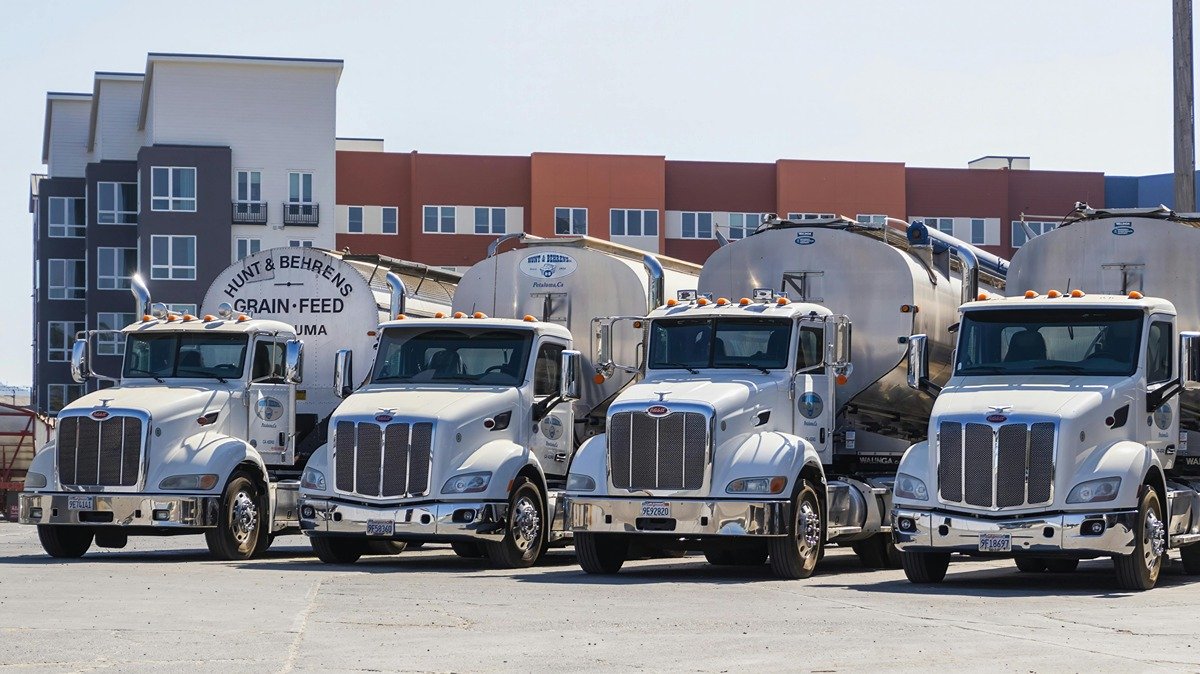
Fuel is one of the biggest operating expenses in the trucking industry. This is true whether you’re a fleet owner, an independent owner-operator, or just entering the world of commercial trucking. Understanding how fuel works in semi-trucks is crucial for planning trips, managing costs, and maintaining your rig.
A common question among drivers and trucking business owners is: How many gallons does a semi truck hold? The answer, however, is not always straightforward. It depends on the tank size, configuration, and the method used to fill the truck.
This guide breaks down the fuel system of semi-trucks, tank capacities, rules for safe filling, and how far you can expect to go on a full tank.
Average Fuel Tank Size for Semi-Trucks
When it comes to answering: how many gallons does a semi truck hold, it helps to understand standard tank sizes.
So, the first question we need to address is this: How big are semi-truck gas tanks? Semi-trucks pull heavy trailers, often over very long distances, and therefore need to hold a lot of diesel fuel. This is why most semis have two fuel tanks.
The typical semi truck fuel tank capacity typically falls within these ranges:
- Single tank setup: 100 to 150 gallons of fuel
- Dual tank setup: 200 to 300 total gallons of fuel
Dual tanks allow for extended range between fuel stops on long-haul operations. For instance, many over-the-road (OTR) trucks carry two 125-gallon tanks, totaling 250 gallons. That said, not every gallon in the tank will be used, as we’ll explain below.

The 95% and 25% Rules, and the Gas a Semi-Truck Can Hold
When someone asks, “How much gas does a semi truck hold?” the answer depends on whether you’re talking about total tank volume or usable fuel. To ensure safety and prevent fuel system damage, most truck drivers follow what’s known as the 95% rule and the 25% rule. This practical fuel limit is key when planning routes and calculating fuel expenses.
Fuel expands in hot temperatures, increasing the risk of spills. The 95% rule requires filling tanks only up to 95% of their total capacity to allow for fuel expansion and avoid spills. Truckers agree that this delivers roughly the same miles per gallon (MPG) as a full tank.
The 25% rule helps prevent running the tank too low. Refueling when it reaches around 25% of capacity lowers the risk of drawing air into the fuel lines or harming the truck’s engine.
For example: If a truck has dual 125-gallon tanks (250 gallons total), filling to 95% would mean around 237.5 gallons of fuel. Running the tanks down to 25% of 250 gallons leaves about 62,5 gallons. In this scenario, the drivers refuel after consuming about 175.25 gallons.
Reasons for the 95% Rule in a Semi-Truck
The 95% rule isn’t just a suggestion. It’s a safeguard built on years of trucking experience and engineering expertise. Overfilling a semi-truck tank can lead to some serious problems. So, let’s break down the main reasons why truckers follow this standard.

Expansion
Diesel fuel expands and contracts with temperature changes. On hot days, the fuel inside the tank can expand significantly. Overfilling can lead to overflow, which poses environmental hazards and safety issues.
Spills
No matter how many gallons your truck holds, it’s best to avoid overfilling the tank. An overflowing tank can lead to spills. When diesel spills out during refueling, it creates a slipping hazard at fuel stations and on roadways. It also violates environmental regulations and can result in fines.
Weight
The weight of diesel fuel varies depending on its gravity and density, as well as factors such as temperature and pressure. That said, diesel fuel typically weighs approximately 7 pounds per gallon in the US. Filling up 200 gallons adds about 1,400 pounds to your truck!
That weight impacts payload capacity, braking, fuel economy, and compliance with gross weight limits. Understanding how many gallons of diesel a semi truck holds is critical for staying within legal weight limits.
Understanding the Weight of Fuel per Gallon in a Semi-Truck
The question “How much gas does a semi truck hold?” can be answered in another way: weight. Many drivers focus solely on semi-truck fuel capacity, but weight matters just as much. Diesel fuel is denser and thus heavier than gasoline and can significantly affect your load.
One gallon of diesel equals roughly 7 pounds. But multiply that by 200 gallons, and we’re talking about 1,400 pounds! That’s a really big load on your overall vehicle weight.
For carriers hauling loads close to the federal 80,000-pound limit, fuel weight can reduce how much freight you can legally carry. Experienced dispatchers and owner-operators plan loads and refueling stops accordingly.

Key Considerations When Filling a Semi-Truck Fuel Tank
Knowing how to refuel responsibly is even more critical than understanding how many gallons your semi-truck can hold. Several factors affect when, how, and where you should fill up. Ignoring them can lead to inefficiencies or even mechanical issues. These are the factors that have led to widespread use of the 95% rule.
Fuel Expansion
Diesel expands with an increase in heat. Avoid filling up during the hottest part of the day if possible. Fueling in the early morning or evening can help reduce the risk of overflow and spills. Follow the 95% rule for added peace of mind.
Risk of Spilling
Overfilling a semi truck’s gas tank can cause diesel to leak out of the cap or vent. This wastes money and can lead to environmental issues and potential fines. Avoid this problem by avoiding parking on an incline.
Fuel Weight
Diesel fuel weighs more than most people think. And as the fuel tanks fill up, gross vehicle weight increases. Balance refueling needs with load weight, especially when hauling near the legal limit. Overloading can lead to DOT fines and extra wear on brakes and suspension.
Main Factors Affecting How Many Gallons a Semi-Truck Can Hold
Several variables determine a truck’s fuel capacity beyond just the number stamped on the side of the tank.
- Tank configuration: Single vs. dual or customized fuel tank, tank shape, and installation method
- Truck make/model: Freightliners, Kenworths, Volvos, and Peterbilts come with different configurations.
- Some drivers replace stock tanks with larger aftermarket versions.
- Local trucks may only need 100–150 gallons, while long-haul rigs may need 250+ gallons.
So, how many gallons do semi trucks hold? Semi-truck fuel capacity and consumption depend on the truck’s specifications and use.

How Many Miles Can a Semi-Truck Go on a Gallon of Gas?
Fuel economy is a significant factor in operational planning. Most modern diesel-powered semi-trucks average 6 to 8.5 miles per gallon (MPG) on highway routes. However, stop-and-go city driving or mountainous terrain can deliver lower MPG.
Theoretically, a truck with 240 usable gallons at 7 MPG could go about 1,680 miles on a full tank. However, how far a semi-truck can go on a full tank depends on speed, road grade, idle time, and load weight.
Additional facts to consider:
- Trucks with aerodynamic fairings get better mileage.
- Driving conservatively extends range. This is why continued driver training is so necessary.
- Newer engines may offer better fuel efficiency.
Understanding your semi-truck’s range on a full tank helps plan fuel stops, reduce downtime, and keep delivery schedules on track.
Conclusion
How many gallons of fuel does a semi hold? The simple answer ranges from 100 to 300 gallons. The real answer is more nuanced.
Tank size, fuel expansion, weight limits, and safety regulations all impact how much fuel your truck can use at any given time. The real-world MPG range depends on route conditions, driving behavior, and truck configuration.
Newer semi trucks often have fuel efficiency technology that can improve your gas mileage range and give you a competitive edge. But don’t worry about affordability. Mission Financial Services offers semi-truck loans to suit all business types and budgets.
Contact us today, and we’ll travel the road to financial independence, together.






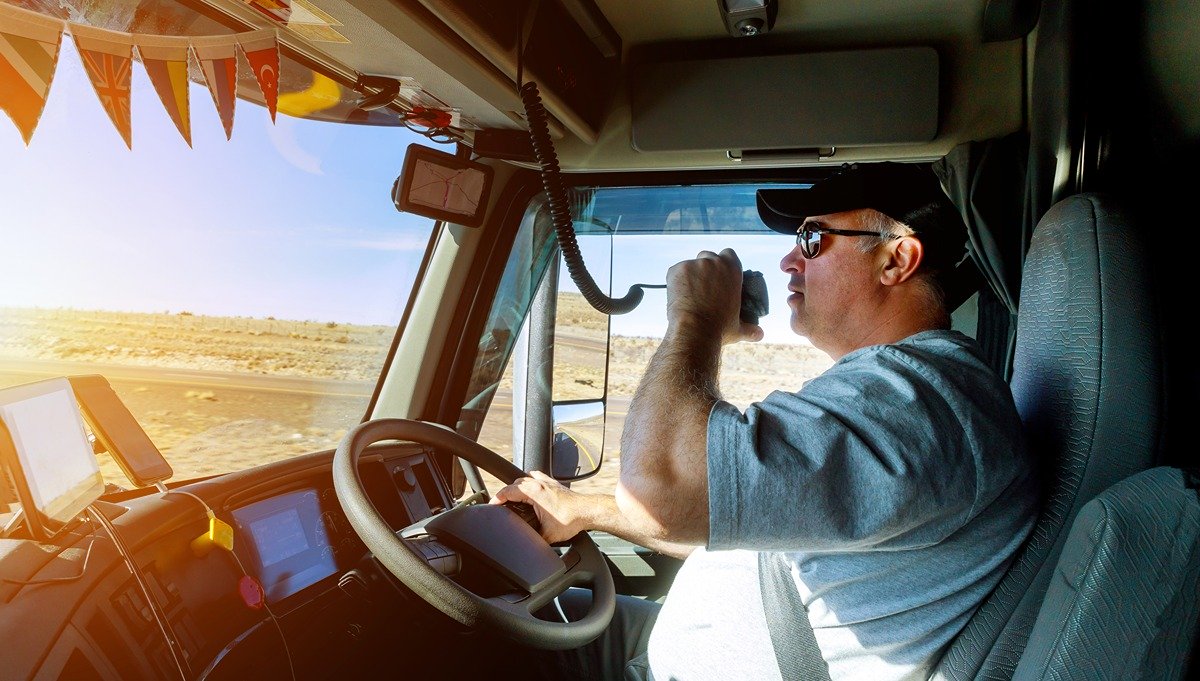




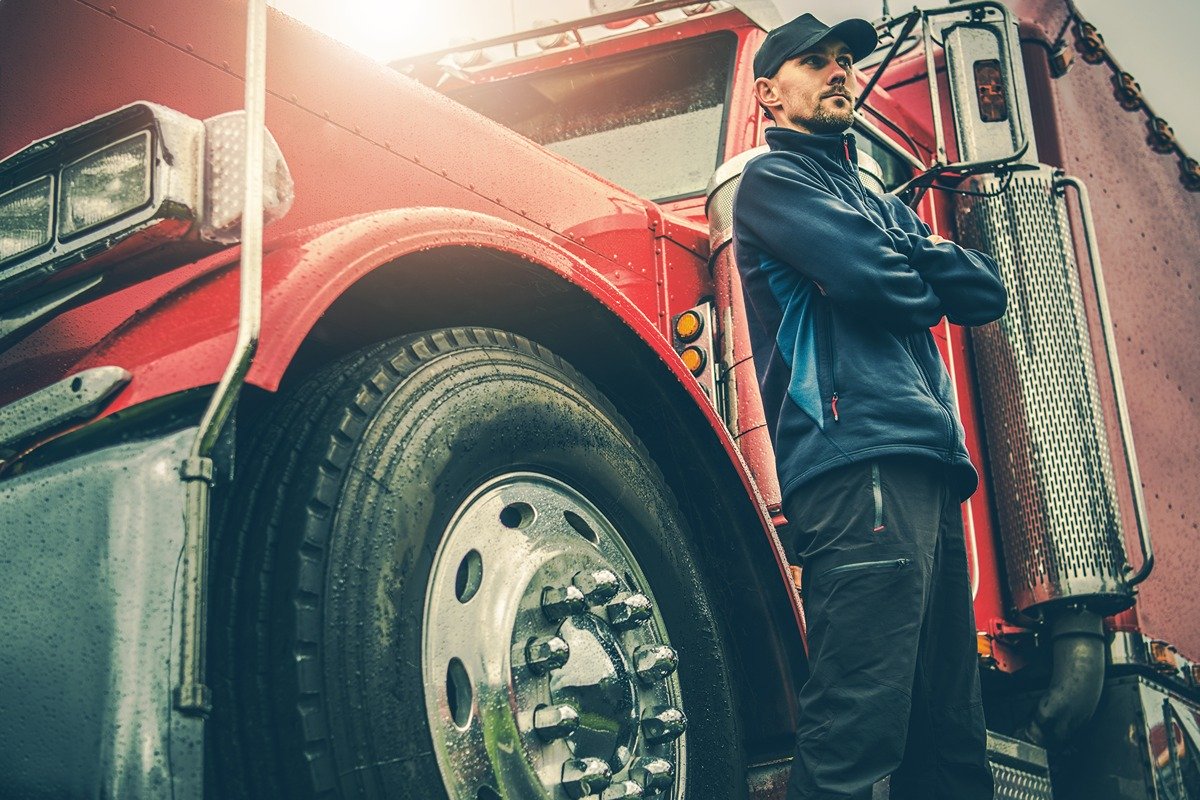





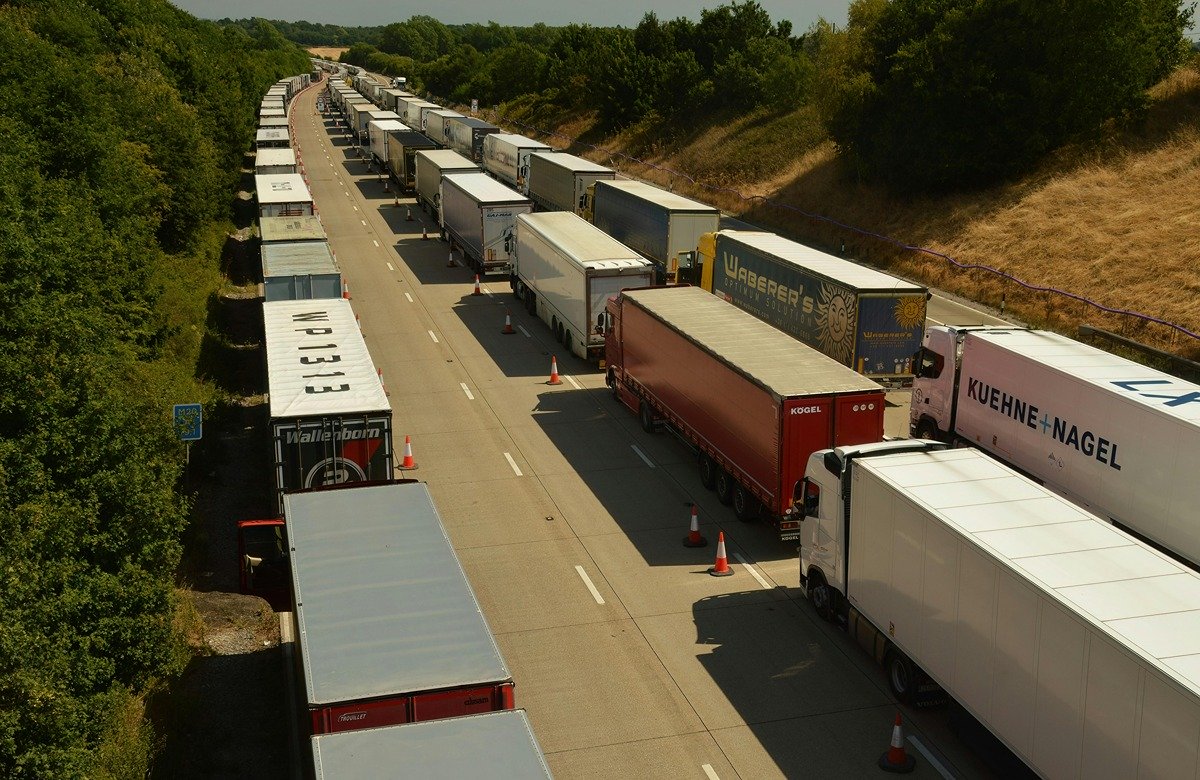
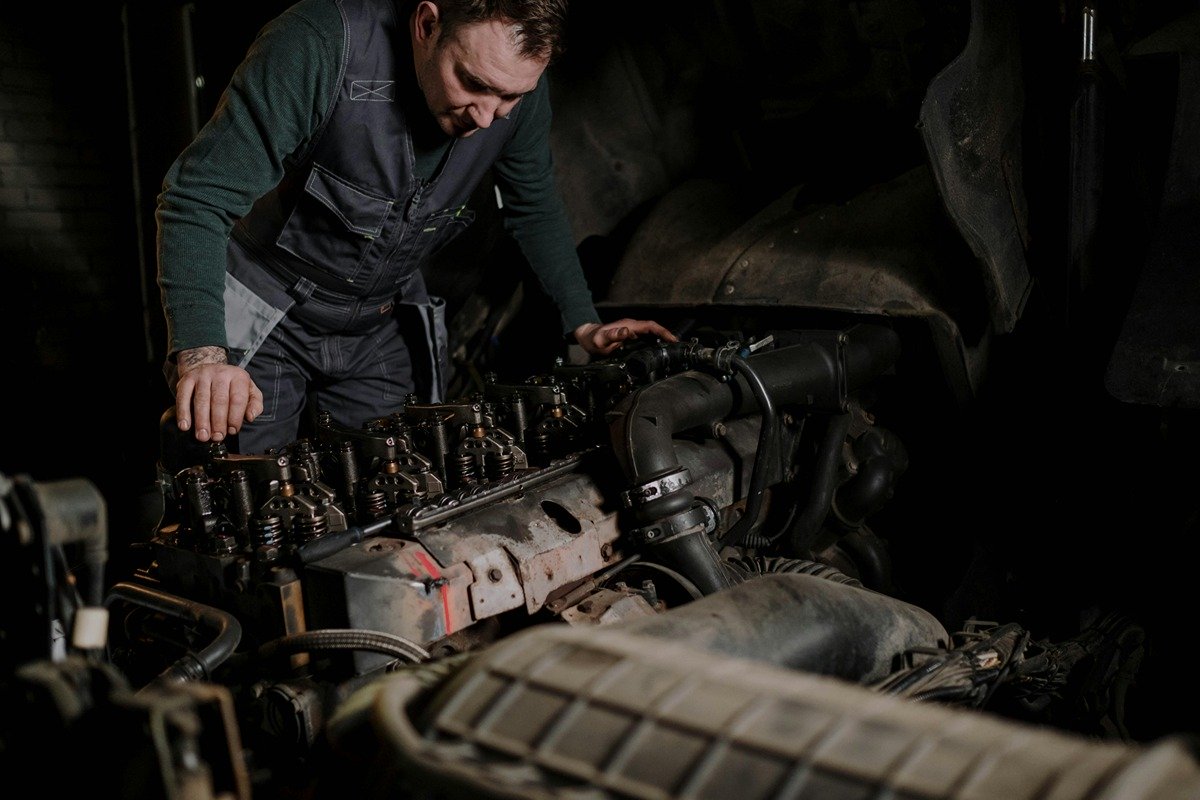
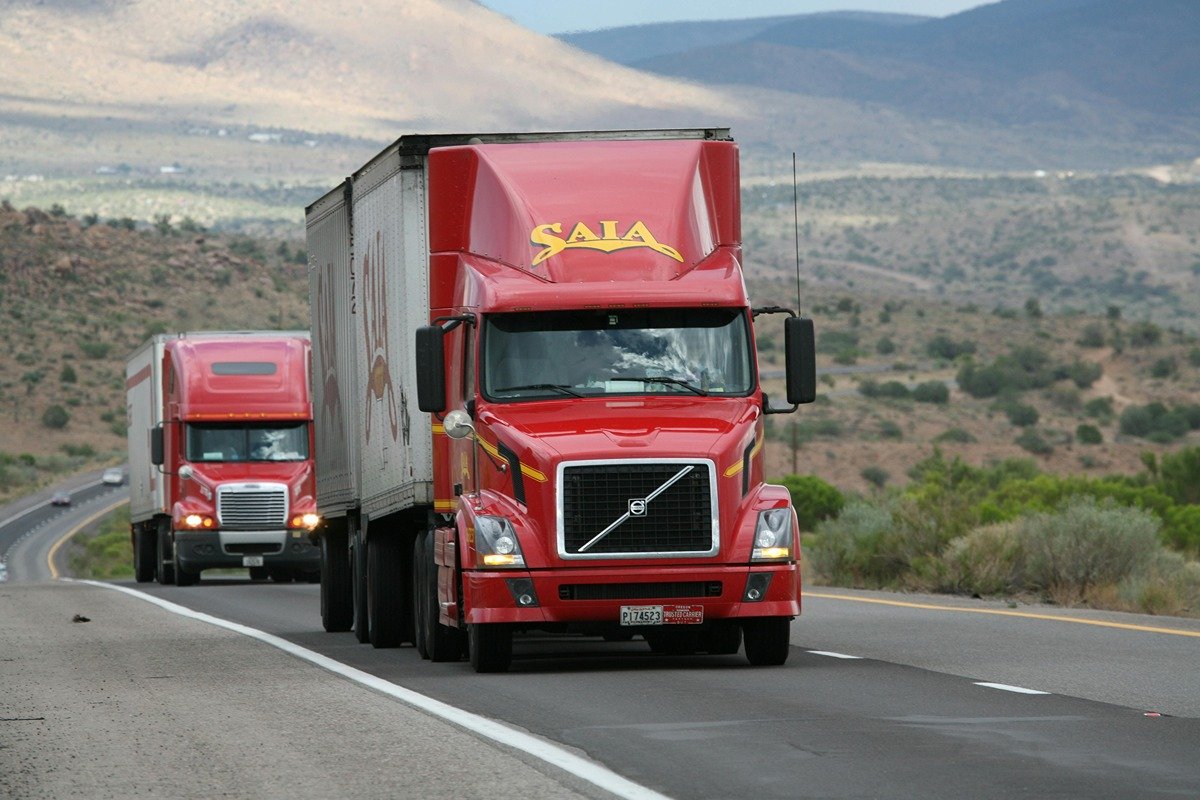
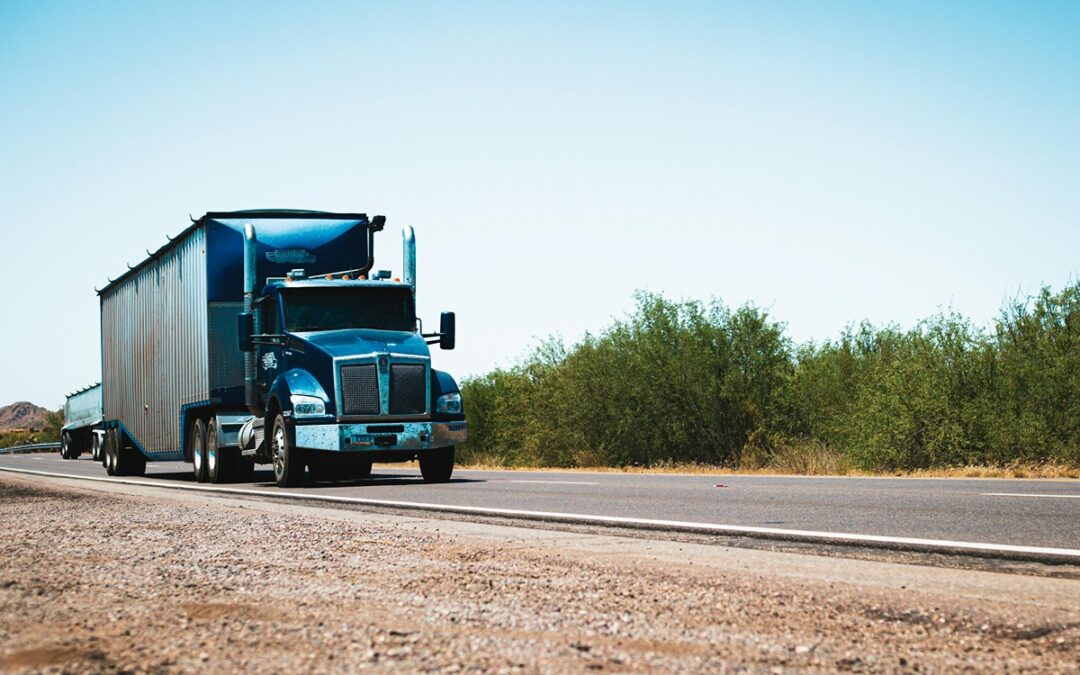


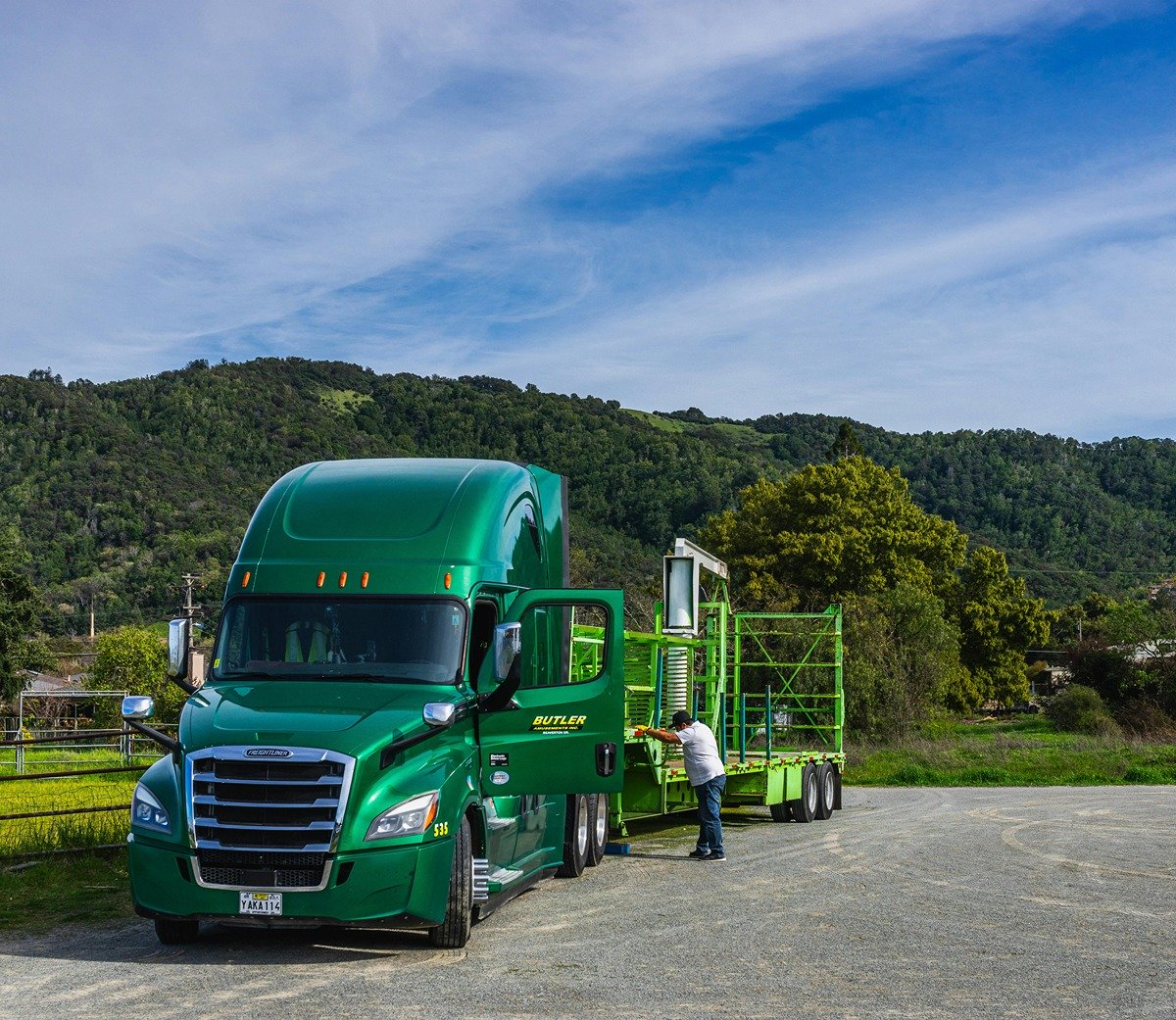

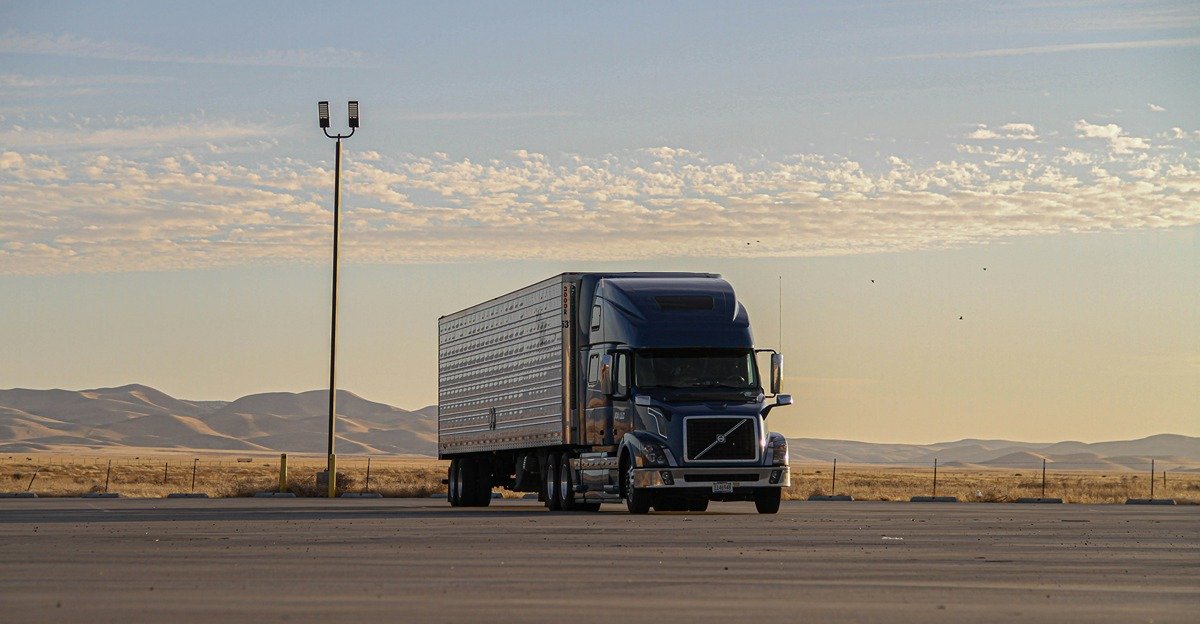
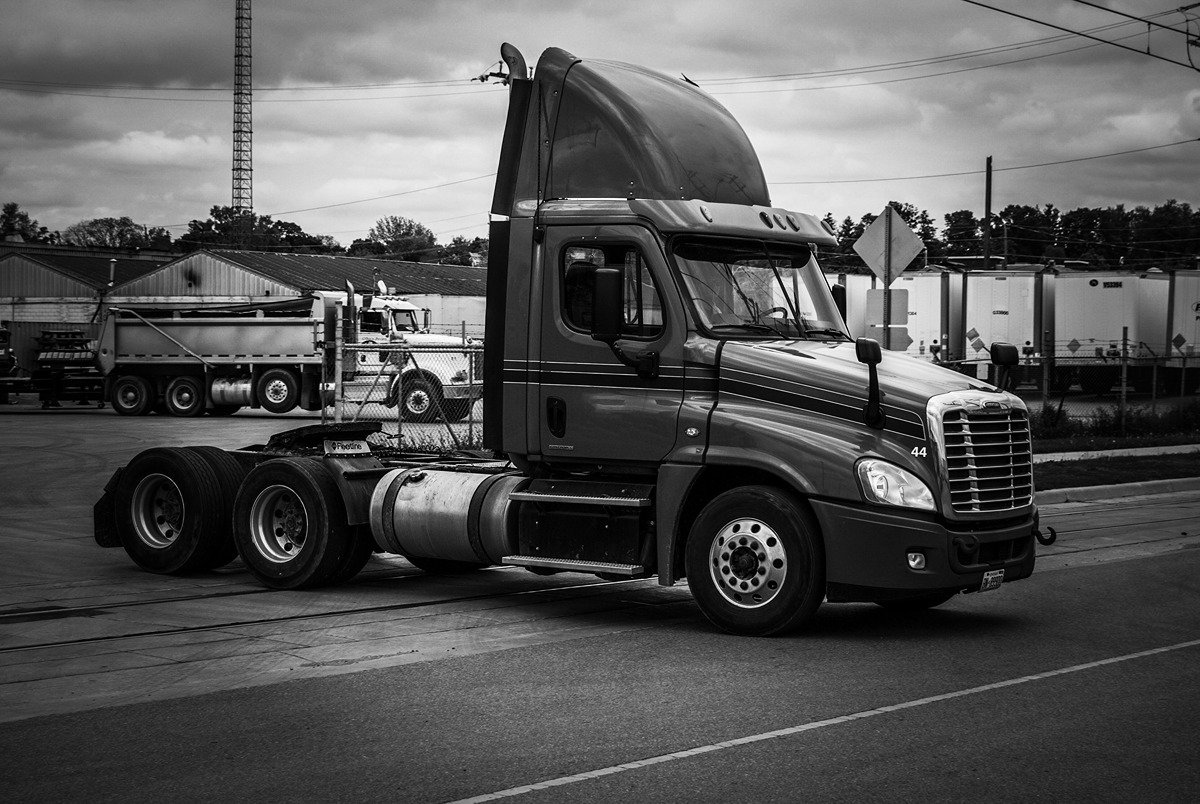 The Cass Transportation Index report is a monthly report on the overall North American freight volumes and expenditures. Thousands subscribe to this report to understand what these measurements mean for their industry. Even the Bureau of Transportation Statistics has come to rely on this data.
The Cass Transportation Index report is a monthly report on the overall North American freight volumes and expenditures. Thousands subscribe to this report to understand what these measurements mean for their industry. Even the Bureau of Transportation Statistics has come to rely on this data.

